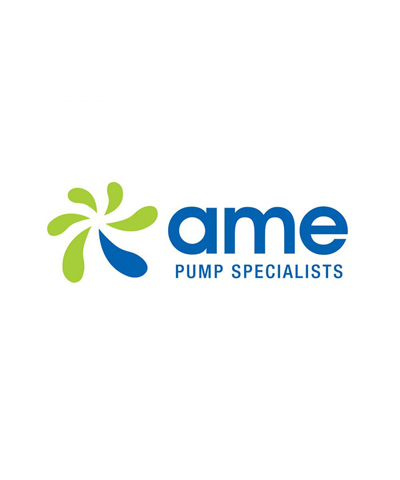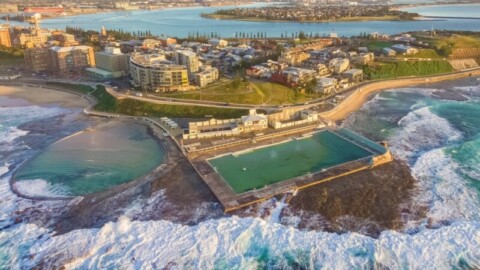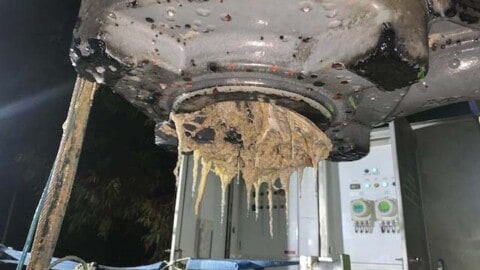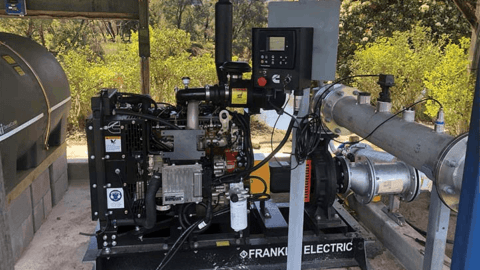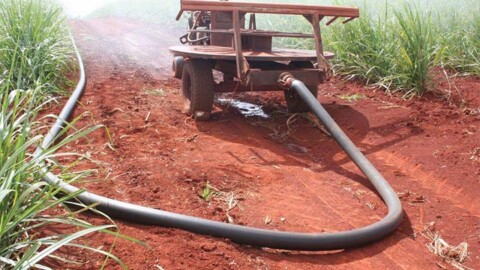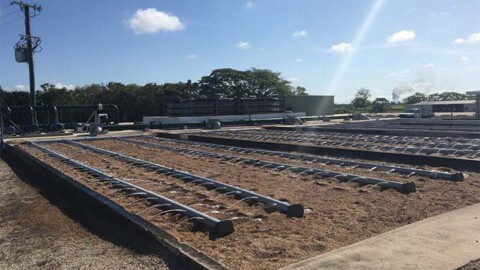Submersible pumps are designed to be either fully or partially submerged in water. They can be operated this way due to the motor being hermetically sealed and close-coupled to the body, allowing the pump to be submerged in fluids without the motor being compromised.
Instead of pulling the water to the surface, as the pump is positioned in the water, it pushes water to the surface via a discharge pipe by converting rotary energy into kinetic energy into pressure energy.
When selecting a submersible pump, there are four main specifications to consider: maximum discharge flow, maximum discharge pressure, horsepower, and discharge size.
Submersible pumps have a number of advantages, including:
- Requires less operating space
- Does not need to be primed as it is already submerged in the fluid
- The pump is positioned at the same level as the water, making them very efficient as additional energy is not needed to move water into the unit
- They are quiet as they are positioned underwater
- Cavitation is less of an issue as there is no spike in pressure when the water flows through the pump
- The selection of submersible pumps is versatile, with some able to easily handle solids and others better for liquids only
They also have a few disadvantages, including:
- The seals can corrode with time, allowing water to seep into the motor and making it unusable until it is repaired
- The seal makes it hard to get access to the motor for repairs
Depending on the pump design, they can be used in a number of different applications, from pumping large solids or grinding solids to smaller sizes, to transferring wastewater at large flow rates or high pressures, to pumping up water off the floor or the bottom of a tank. Some of the most common applications they are designed for are water, sewage, 12 volt, sand, irrigation, and solar.
Furthermore, many common types of pumps can be designed by manufacturers to be submersible. These include:
- Bladder
- Bilge and ballast
- Borehole
- Booster
- Centrifugal
- Condensate
- Dewatering
- Fountain
- Grinder
- Macerator
- Micro
- Sampling
- Trash
- Utility
- Well





